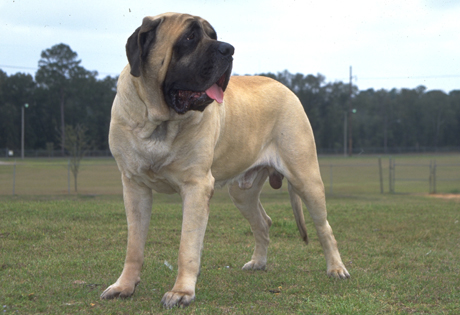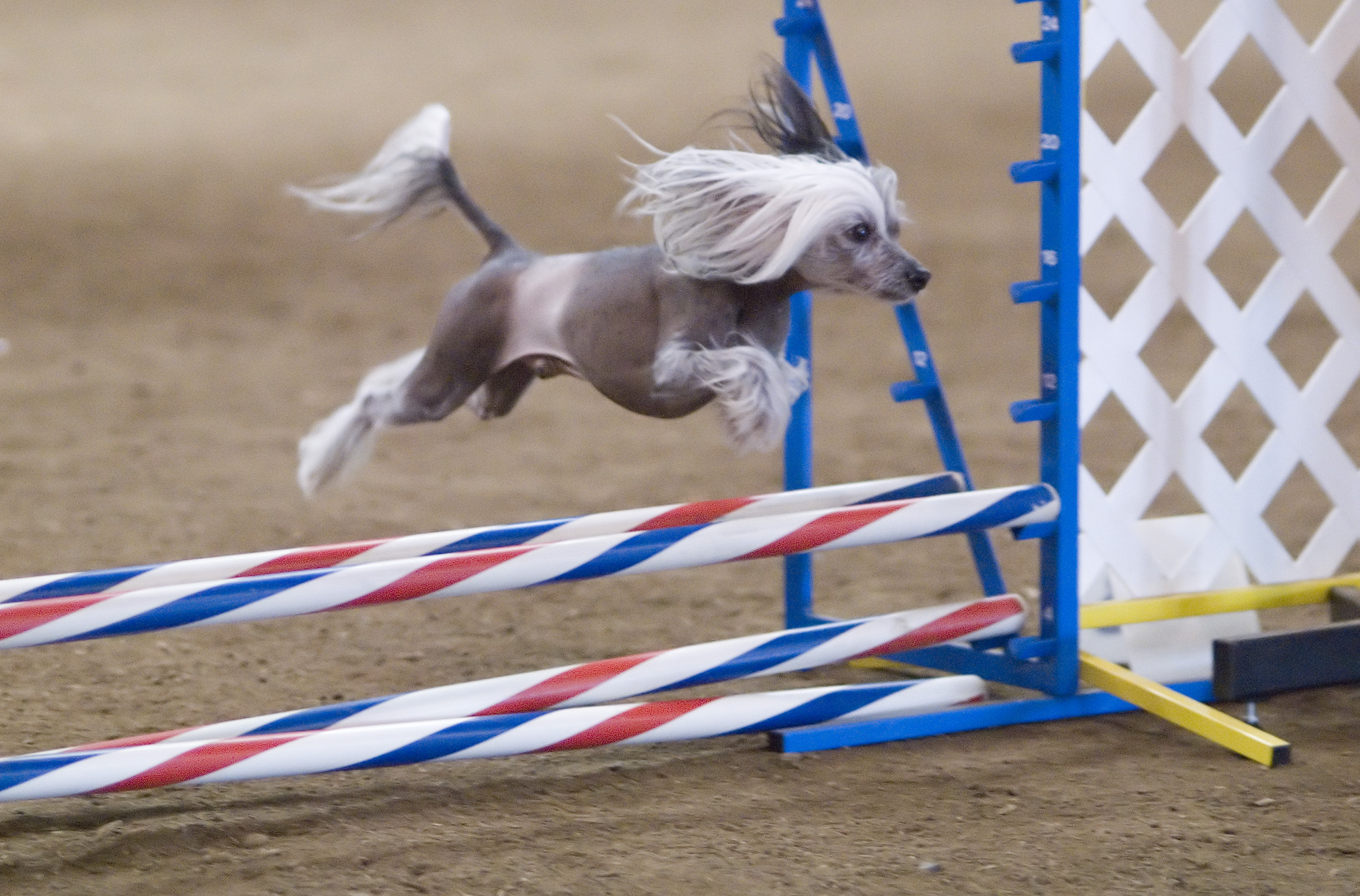 |
| This does look like a breed made for royalty! (Image Source) |
The Japanese Chin is a lovable little dog that can make an
excellent addition to most families! This is because their sole purpose was
being bred for companionship. They date back to China where the royalty bred
them to be companions for the women of the court. While they may be a little
shy around strangers, with proper socialization when younger they can make for
a very friendly pet! Who wouldn't want a pet made for royalty?
 |
| Their cute face makes it look like they are always up to something! (Image Source) |
Their coat will require regularly brushing and bathing. If a
brushing routine is instituted they will be unlikely to need further trimming
or cutting. There are a couple of health conditions to be aware of prior to
bringing a Japanese Chin home. One is that as with many small dogs they can
have luxating patellas. This means that the knee cap is not secure in place. In
minor cases it can be monitored and medically managed. In more advanced cases, surgical correction
will be necessary. They are also
considered a brachycephalic (smushed faced) breed. So they can be prone to more
breathing problems and are more likely to overheat if left outside.
 |
| As puppies they are very cute and playful! (Image Source) |
Overall the Japanese Chin are a great pet! Their small size
makes them perfect for apartment living, but they will do well anywhere there
are people to love them. For more information on this great little breed please
visit the following website here and here.















































